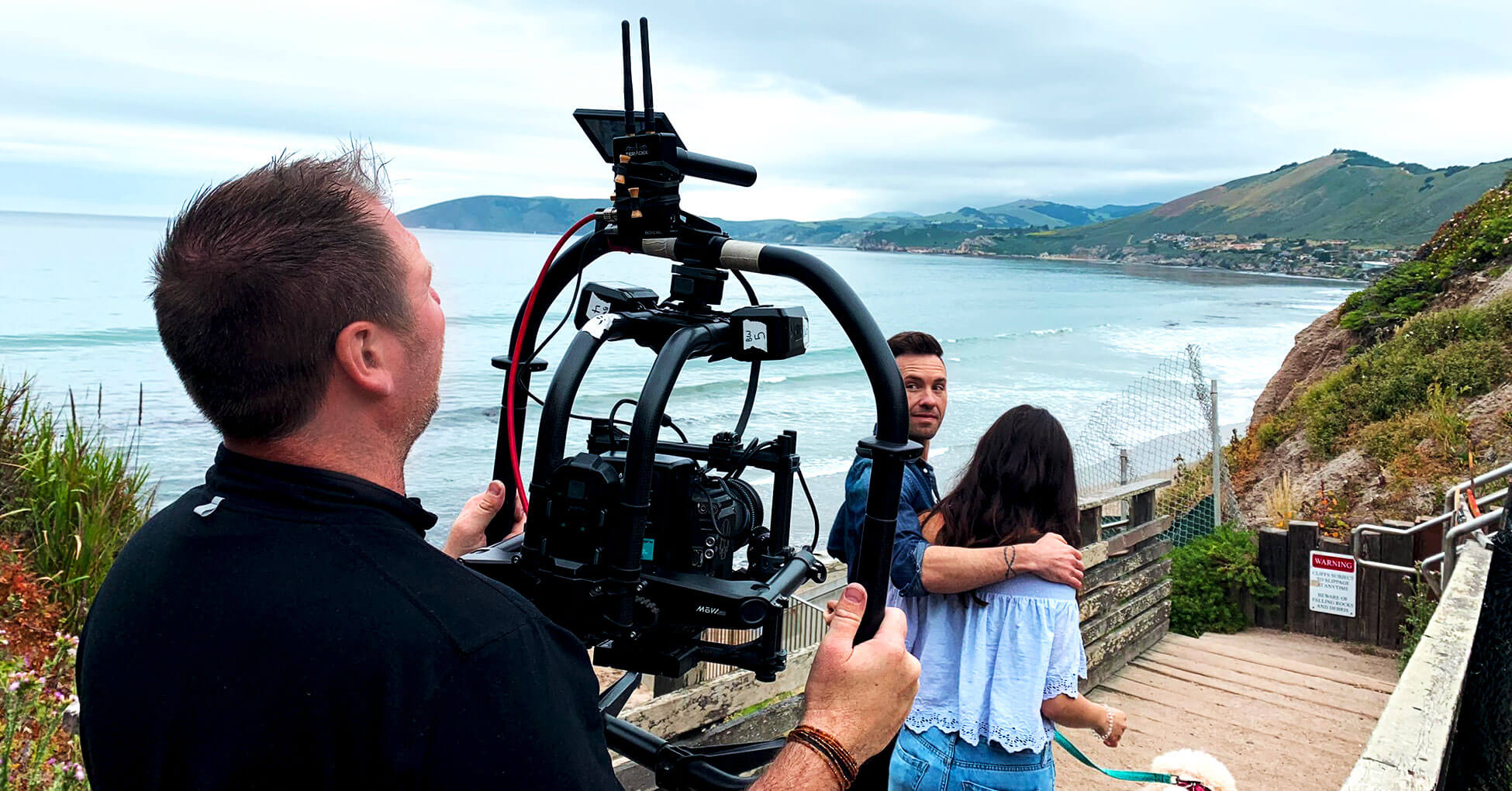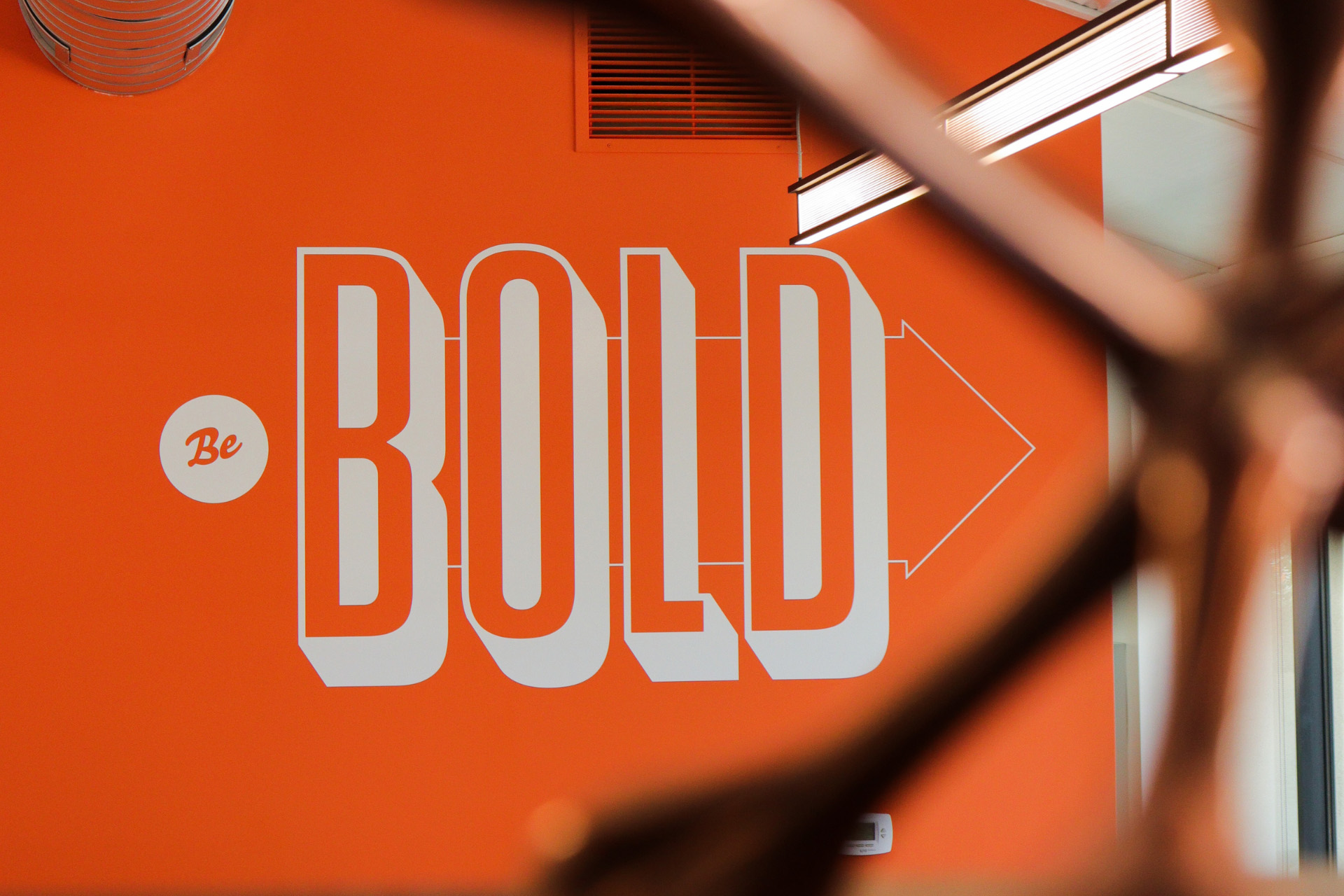Everything that comes before “Lights, camera, action!”
Creating a brand video is the ultimate creative project. Storytelling harmonizes with videography to become a money-making, movie-quality video the client gets to splash across their website, paid media and social media platforms. However, there’s more to creating a film than storyboarding and day-of shoots; myriad decisions that involve other departments are critical to the final result. In this blog, we’re highlighting four considerations that go into making our award-winning brand videos. Read on to get a behind-the-scenes look at what goes on behind the scenes.
How media buying influences videography.
One of the biggest influences on a brand video comes from the media department. How will the video be used? Has ad space been bought that comes with sizing and timing constraints? Taking the endgame usage into consideration at the very beginning will eliminate many challenges during the editing phase. If you know you need a fifteen-second, vertical video for promoted stories on Instagram, writing that into the storyboard will align the creative process with the practical application.
Add this to your to-do list:
Start a “future project” section part of your storyboard that lists all the applications for this video. Where will it be posted? How long will it be? What are the specs for social media platforms where it’ll go up? Usage can determine content, so having a written-out understanding can constructively guide creative brainstorming.
KPIs and client objectives.
Keeping the measurable goals in mind is not a very sexy part of the creative process, but it’s essential. It actually makes telling your story easier by supplying queues on what to include and what to leave out. Understand upfront how the value of this brand video will be determined. Knowing what will be considered a success from the client’s perspective will prevent difficult conversations down the road. Better to course-correct toward the beginning than realize at the very end that your goals and the client’s objectives are entirely estranged.
Add this to your to-do list:
Before any work is done on concepting the video, agree upon three measurable KPIs and write them at the top of any documents relating to the shoot. Get a written statement from the client stating what they will consider a success and keep that as a North Star throughout the duration of the project.
How casting and data go hand in hand.
Did you know Google Analytics can help you narrow in on whom you should cast in your video? Here at TJA, we do significant research on target audiences to understand who they are and what they want. Casting decisions should take demographic and psychographic data pulled from reliable sources into consideration. Choose actors whom your audience can empathize with or aspire to be.
Add this to your to-do list:
Have your team source information about your audience from your first-party platforms, like Facebook Audience Insights and Google Analytics. Combine that with third-party industry data to make data-backed casting decisions.
Location, location, location.
You’ve seen pictures online; maybe you spent some time on the Google Street View scoping out the area. Now it’s time to visit the locations IRL. It’s critical that you get face-to-face with your shooting spots. Assuming that the space will work without walking through it is like trusting a kindergartener with your dental work. Get a grasp on the variables, so that they don’t end up undermining the whole operation.
Add this to your to-do list:
Walk through all of your pre-planned shots in the space so that you can check how angles, lighting and framing are going to turn out. Nine times out of ten, you’ll discover there’s a shot that isn’t quite as feasible as you thought. Do this far enough in advance so you can make edits to the shot list without throwing everything into chaos.
So where does creativity come in?
Even with all these external considerations, the core of filming a brand video is to tell a story. The narrative thread will be the heart and soul for creative efforts. Media, target audience data and location provide the structure to build the story around. Additionally, once shooting begins, there will inevitably be improvisation. You’ll need to get creative with shots when timing gets tight, or when things on set don’t go to plan. Stay loose and go with the flow; it’s better to think on your feet than to force a shot just for the sake of the storyboard. Keep standards of quality high and the finished product in mind: an unexpected, dramatic sunset can be the money shot that pulls the whole video together.
Add this to your to-do list:
During the lead up, think hypothetically about multiple ways you can achieve the same effect if an obstacle crops up. How will you handle talent running late? Adverse weather? Set malfunctions? Lost props? By employing problem-solving before you even reach the set, your mind will be primed to handle any situation you find yourself in.




